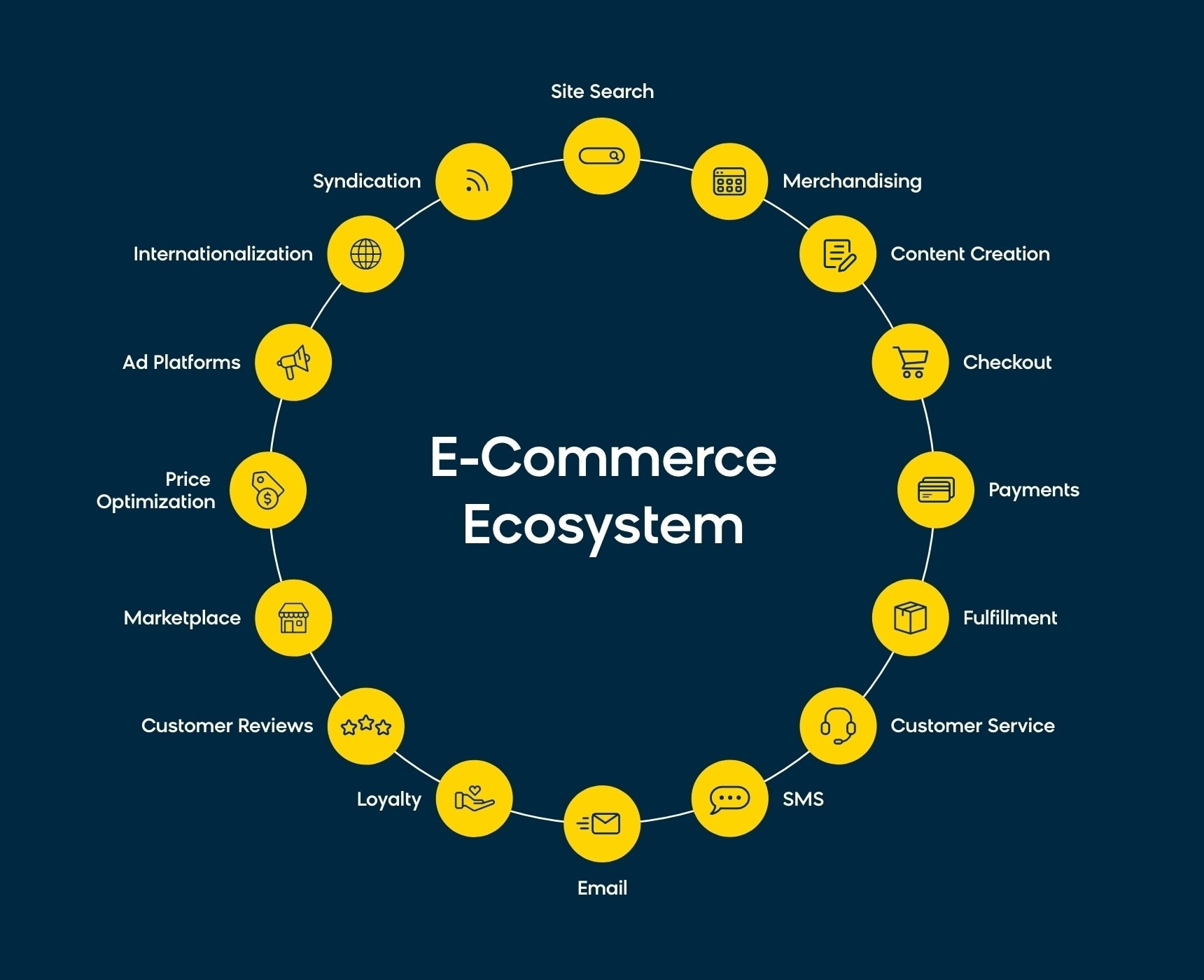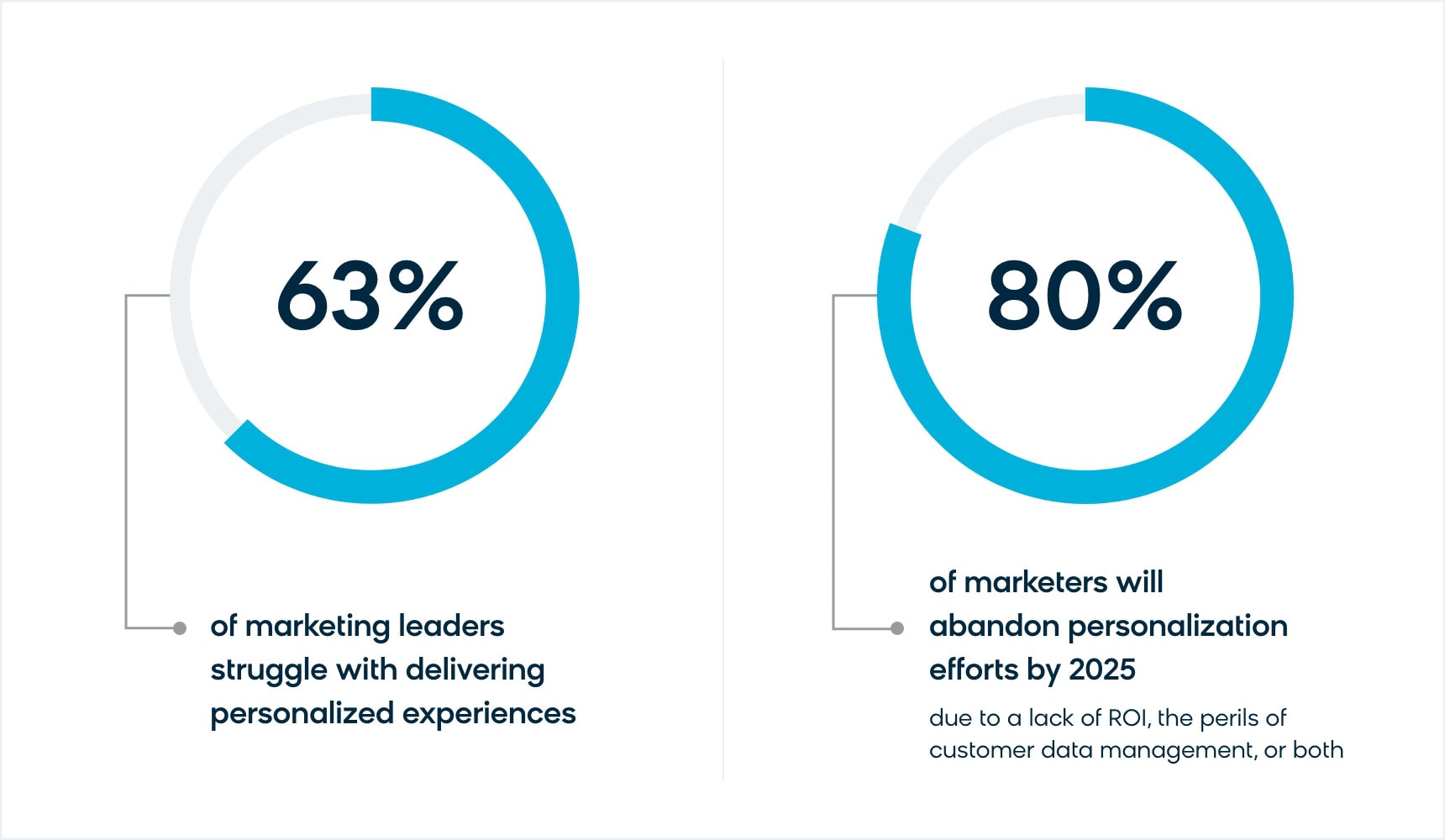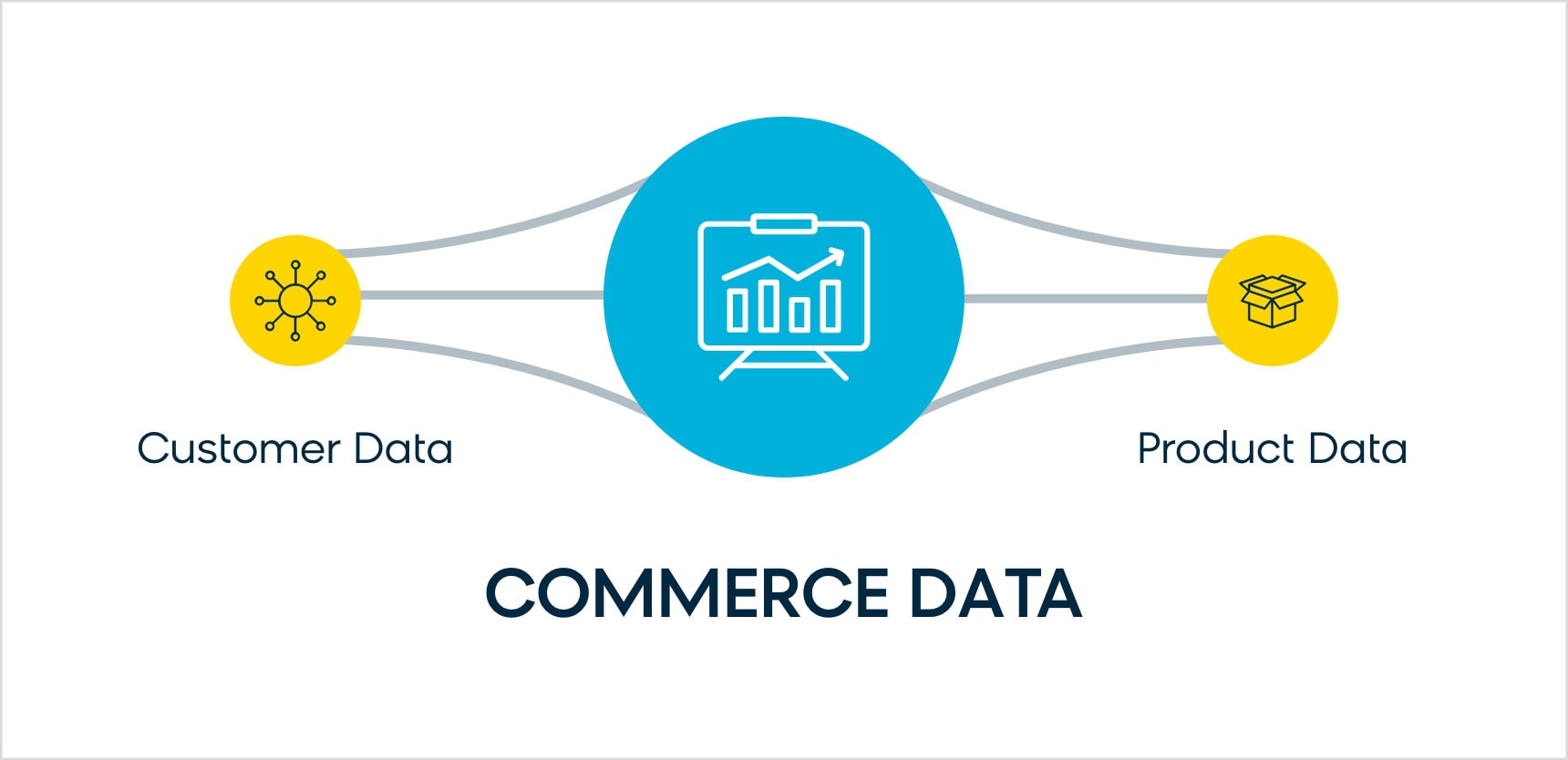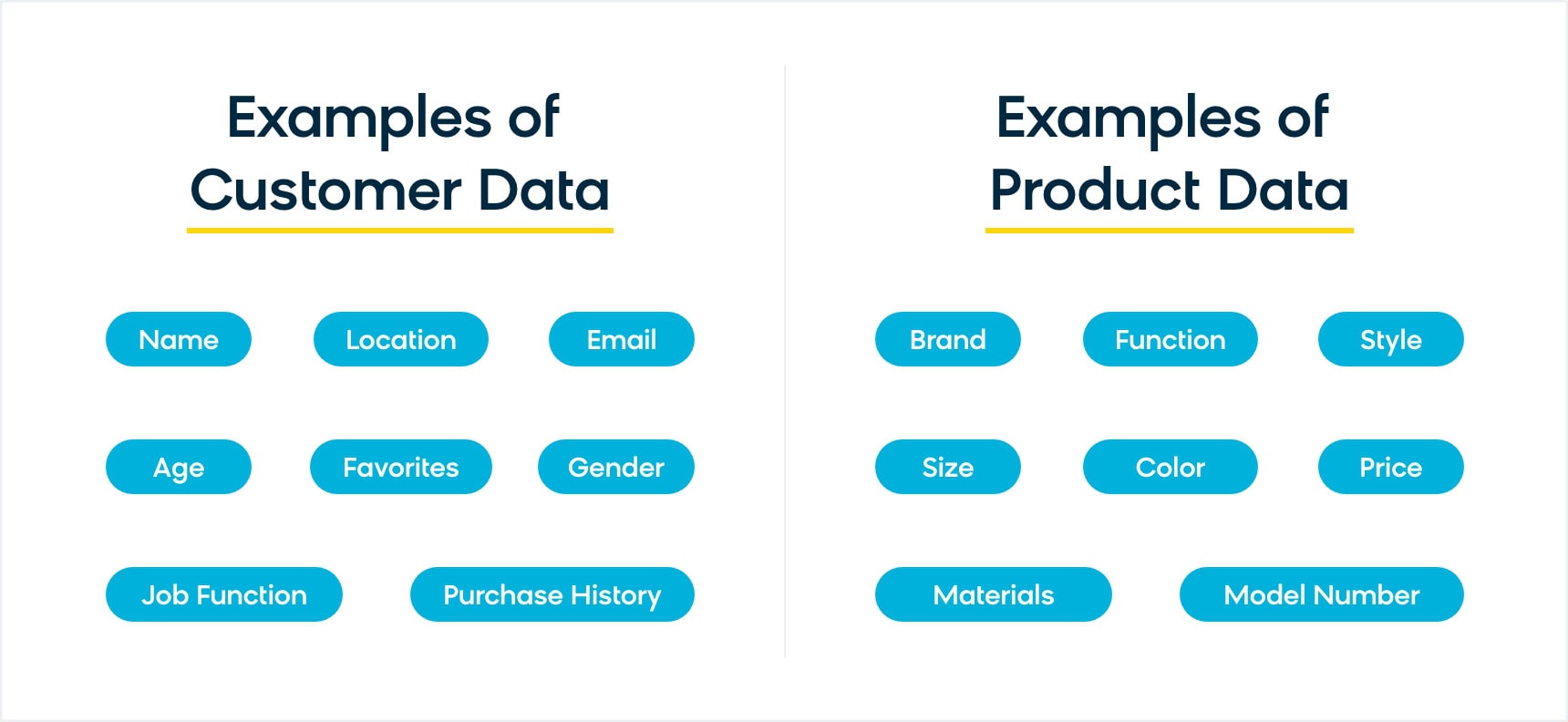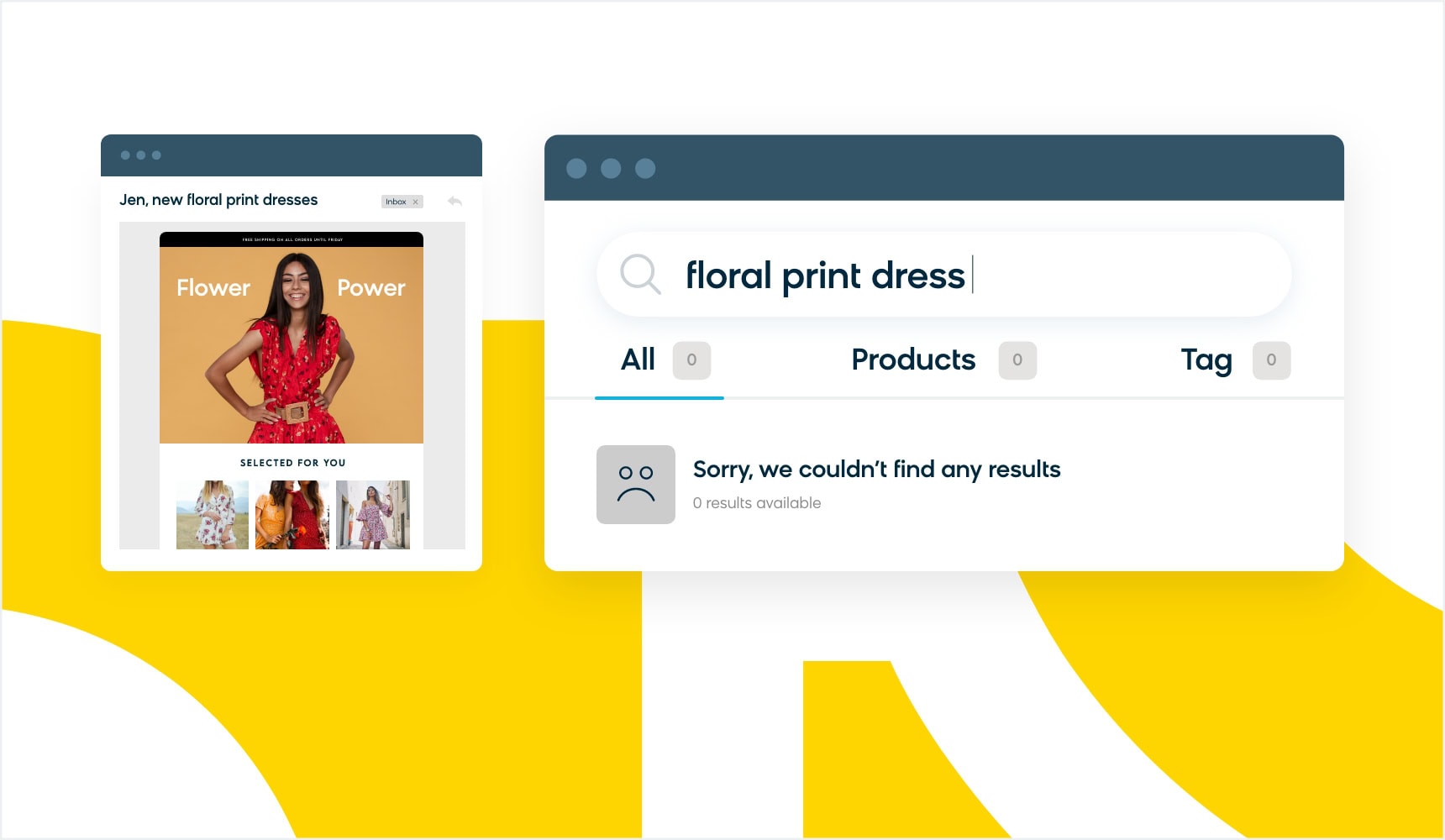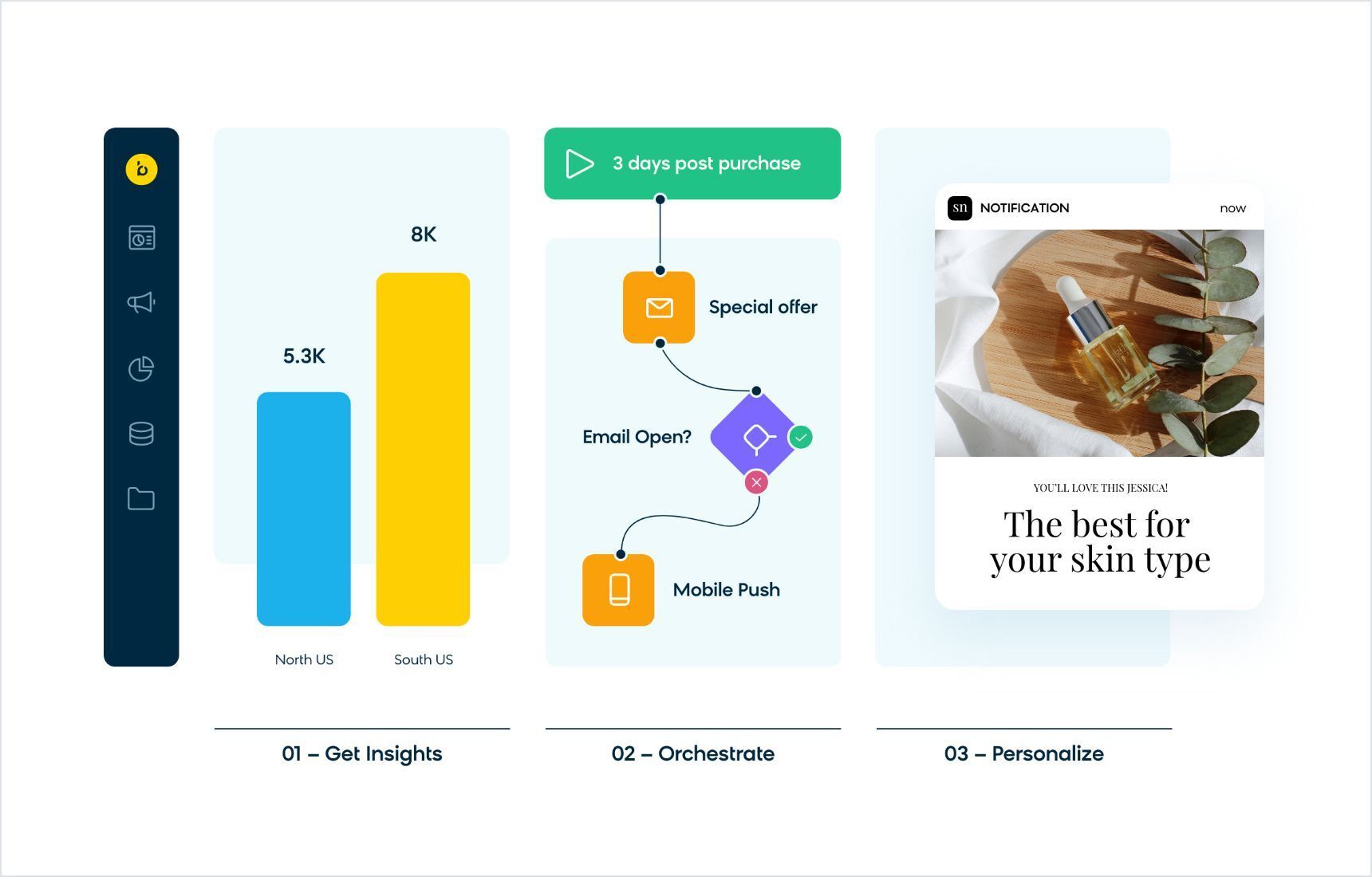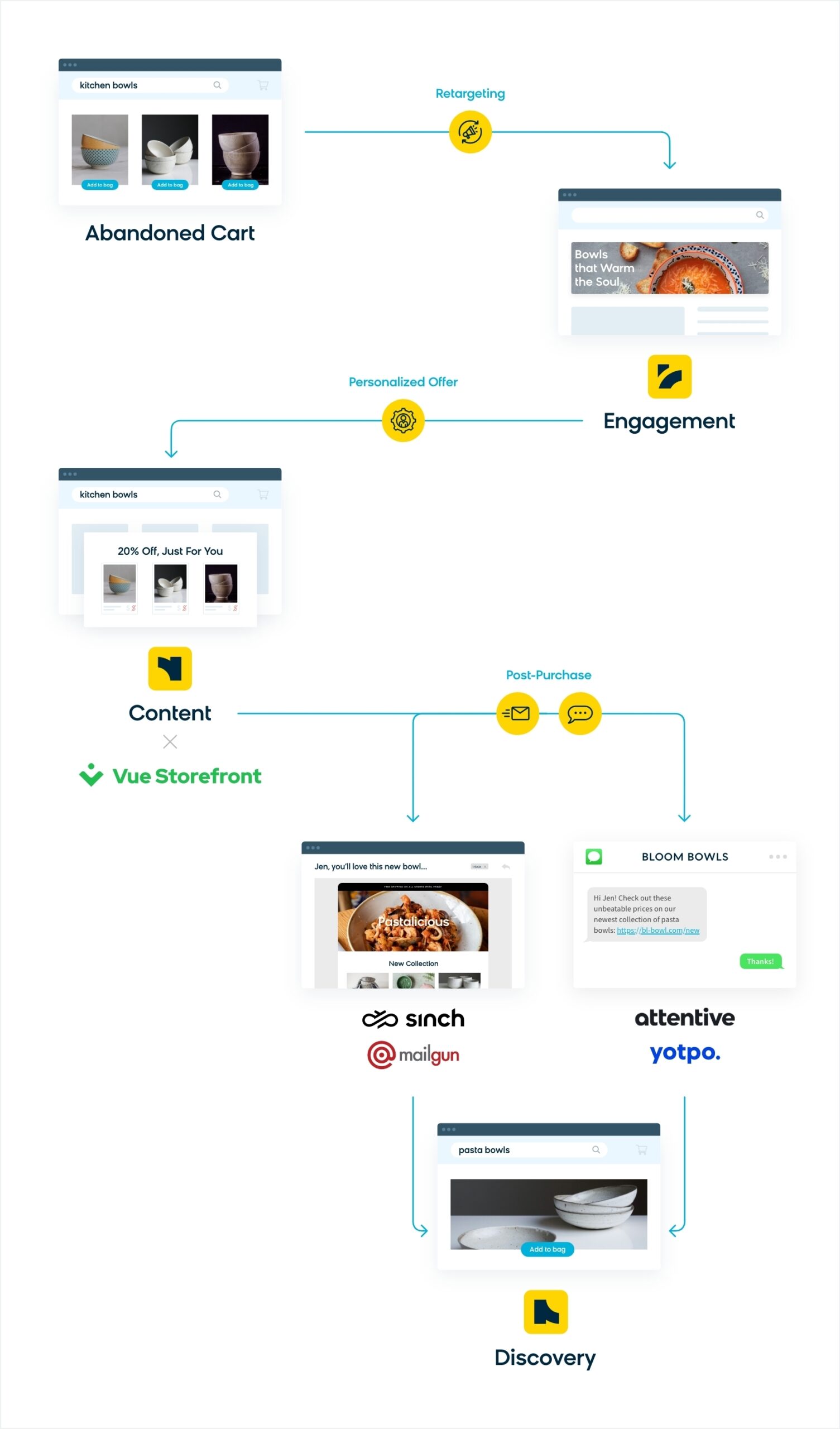The Context for Composable Commerce
With worldwide retail ecommerce sales projected to hit $6.19 trillion by 2023 (a massive increase from $3.35 trillion in 2019), you need to make sure your solutions and strategy are set up for ecommerce success. That means that if you’re still using a legacy ecommerce platform, you risk falling behind the rapid shifts in the behaviors and expectations of online shoppers.
There are many advantages to moving to a more flexible, API-first approach to your technology ecosystem, but the journey is as important as the destination. You need to get there the right way and not just “go headless” because it’s trendy. Moving to a headless CMS alone won’t make your ecommerce architecture fully composable. We’ll talk more about the must-not-miss piece of this journey a bit later.
The ecommerce ecosystem — the collection of solutions that power every aspect of your online business — will be crucial to driving customer loyalty and a meaningful impact on your bottom line. But you’ll also need to be mindful of creating a unified data source to provide a more seamless end-to-end customer journey.
You can think of the ecommerce ecosystem as a human body — each organ and limb serves a purpose, but only when they work together can the body properly function. At the same time, there’s a big difference between your ecosystem functioning and functioning well. Understanding how to effectively bring your solutions together will ultimately be the difference between two left feet and Usain Bolt.
Let’s break down the anatomy of the ecosystem, provide context into how the market has changed, and explain what you need to create a truly thriving ecommerce ecosystem.
The Anatomy of the Ecommerce Ecosystem
It’s a common misconception to view ecommerce as a purely transactional experience for online sales — a customer adds an item to the cart, enters their payment and shipping information, and they’re all done until the next time they want to purchase something. Easy, right?
Except…that’s not how it works at all. In today’s market, it’s not enough to simply have an online store — in order to achieve ecommerce success, you now need to be able to capture consumers’ attention and keep them engaged in the midst of many, many other brands clamoring for their attention. To stand out from your competitors, you need to tap into a much wider range of solutions. Enter: the ecommerce ecosystem.
The ecommerce ecosystem is a collection of tools and solutions, each playing a crucial role in helping you create a more personalized digital experience for your customers. Here are some of the most important types of ecommerce solutions currently available:
- Site search
- Merchandising
- Content creation
- Checkout
- Payments
- Fulfillment
- Customer service
- SMS
- Loyalty
- Customer reviews
- Marketplace
- Price optimization
- Ad platforms
- Internationalization
- Syndication
While this is not an exhaustive list of every type of ecommerce solution out there, it does represent some of the most important pieces an online retailer can use to create an impactful ecommerce strategy. But before diving further into how to tie all these solutions together, it’s important to understand how we got here in the first place.
From Head to Toe: How the Market Has Evolved
In the early days of digital commerce, the focus was on simply standing up a store. To that end, a one-size-fits-all solution from a single vendor was often the go-to option to get started quickly with a basic ecommerce presence and start facilitating online transactions.
However, the front end and back end in these systems were closely linked, which meant it was also heavily reliant on development teams to make updates. The problem? As more changes were added to accommodate shifting needs in the market, the more complex the system became, which meant development cycles on updates could take weeks or even months at a time. All of this was compounded by the fact that a single point of failure could bring everything down.
While this standardized approach played a pivotal role in the early days of digital commerce, it’s clear that it has trouble keeping up with current trends (just look at how drastically ecommerce changed and grew in 2020 alone). After all, consumers no longer shop exclusively on a company’s website — they also discover products via email, SMS, social media, and other avenues.
And not only are the platforms rapidly changing, but so too are consumer expectations and behaviors. Customers now want shopping experiences that are seamless and highly personalized, and a one-size-fits-all mentality simply won’t cut it anymore.
- The Diagnosis: A traditional single-vendor solution is like a body…that’s out of shape. It’s fully functioning on its own and it’ll get things done, but it’s often slow and sluggish, and isn’t flexible enough to adapt to the many changes in the marketplace or the rapidly evolving needs of your consumers.
The Shift to Headless Enables Composable Commerce
The need to be responsive has led companies to turn to the other end of the technology spectrum: adopting a wide range of individual point solutions within a headless architecture. This approach enables companies to piece together best-in-class technology solutions from different vendors instead of relying on one platform.
In contrast with the older “all-in-one” solutions, headless content management systems decouple the front end (or “the head”) from the back-end commerce functionality, which gives companies more flexibility to adapt to ever-changing needs (such as entering new channels like mobile) without considering the back end. Because everything’s connected via API, you can easily swap solutions in and out as needed. You can also start quickly, with a small stack, and grow over time as your customer needs evolve. It’s this flexibility that gives you and your customers the best possible commerce experience as trends change.
However, there are some drawbacks to the headless commerce approach. Because multiple teams (design, IT, and marketing) use multiple tools (front end, commerce engine, CDP/other personalization tools, etc.) to manage the customer experience, it becomes difficult to collaborate, coordinate, and preview the resulting experience.
Additionally, marketers end up relying on developers to change the presentation layer (aka the front end), while developers spend too much time making changes for design and marketing teams, when their time would be better spent optimizing the core website speed and architecture performance.
And that brings us to the crux of the issue: Consistent and seamless ecommerce personalization is hard to achieve.
To drive true (and impactful) personalization, you need to span cross-channel, in-app, and on-site, something that many headless approaches fall short of. In the next section, we’ll explore how you can get all the advantages of headless without the pitfalls.
- The Diagnosis: An API-first, headless approach to commerce is a huge step in the right direction, but without a unifying data source behind the point solutions, it’s like trying to raise your hand and wiggling your toes instead. If your solutions aren’t in sync, then you’re going to be out of touch with your customers. See how you can get started with the Bloomreach Content headless CMS.
Commerce Data: The Key to a Smarter Composable Commerce Solution
So if legacy ecommerce platforms are too limiting and slow to adapt, and numerous point solutions can result in data silos, what’s the solution here?
In order to get the flexibility and adaptability of point solutions (without involving IT to tie everything together), you need a platform that brings various solutions together natively, all while being powered by a unified data source.
That’s where a composable commerce solution comes in. Composable commerce allows ecommerce teams to select and assemble best-of-breed commerce solutions, and then “compose” (or customize) them to meet their unique business needs.
But in order for a composable commerce solution to work, it first needs to have a key ingredient: commerce data.
Commerce data is the combination of customer data and product data, and this is the core component that’s missing from many headless architectures. With your point solutions being driven by commerce data, you can create true ecommerce personalization for your customers, no matter where they’re shopping from.
It’s important to note that only having one set of data is not enough. Here’s a snapshot of some examples of customer and product data:
Right about now, you might be thinking, “Well, I already have a CDP!” And that’s great! But you can take it a step further and build on what you already have in order to drive more substantial results.
For example, let’s say you know that a customer prefers floral-print dresses based on their purchase history. You can send them all the emails and offers promoting floral-print dresses you’d like, but once they visit your site, that personalized experience breaks. When they search for “dress,” they may find a wide assortment of other styles. Or if they search for “floral-print dress,” the search may yield zero results. That lack of cohesion comes with having only one set of data.
In contrast, if you only have product data, then you’re operating with little to no insight into how your customers shop, what they’re looking for, and how to engage and retain them. Using the same example, your site search AI may recognize that the customer is clicking on floral-print dresses, but with no direct feed to your marketing automation, you can’t send personalized reminders or win-back offers to entice the customer to finalize that purchase.
Putting Together the Core Components of the Composable Commerce Ecosystem
What’s important to keep in mind is that you don’t necessarily need more data or more marketing. Instead, you need a powerful data and analytics core — such as Bloomreach Engagement’s Customer Data Engine — that provides a holistic understanding of your customers in real time. In this way, you’ll gain actionable insights to help you create scalable omnichannel journeys within a single platform — all without having to rely on IT, tech, or data science teams.
Then, you’ll want to couple that with an intelligent site search and merchandising solution — such as Bloomreach Discovery, which features self-learning artificial intelligence (AI) — to create seamless personalization between your marketing and your customer’s on-site experience.
That’s why Bloomreach’s Commerce Experience Cloud is the perfect way to bring your customer data and product data together in a meaningful way — the solution combines customer engagement, product discovery, and headless content into a driving force behind the point solutions within your ecommerce ecosystem. Plus, it comes with prebuilt integrations with headless commerce platforms and storefronts to help you drive better customer experiences right out of the gate.
- The Diagnosis: Commerce data acts as the brain of your ecommerce ecosystem — it sends the right signals to your other solutions to ensure everything is working together. By powering your ecosystem with this unified commerce data, you can create a bridge between product search and marketing campaigns to create true ecommerce personalization.
Here’s an example of the ecommerce ecosystem in action:
- If someone visits your website but doesn’t purchase anything, you could retarget them with ads to get them to visit again (Bloomreach Engagement)
- Once they land on your site, you can offer a personalized offer based on the items they were previously viewing (Bloomreach Content + Vue Storefront)
- If they buy something, then when their package arrives, you can then send a follow-up offer via SMS (Attentive or Yotpo) and email (Sinch or Mailgun) for a related product
- Then, you can automatically feature that product front and center when they visit your site once more (Bloomreach Discovery)
In this way, you activate multiple parts of your ecommerce ecosystem without forgetting to keep the customer as your focus.
And this is just one example — we have many more integrations you can work with to create the best solution for your needs.
Want to learn even more about the ecommerce ecosystem? The Commerce Experience Collective (CommX) is a group of technology providers and commerce professionals dedicated to driving the future of ecommerce. Visit CommX to get helpful resources and best practices for your ecommerce strategy.
Commerce Data in Action: Jenson USA
To demonstrate the power of commerce data behind your ecommerce solutions, let’s look at Bloomreach customer Jenson USA, a large online bicycle retailer that sells bikes, bike parts, apparel, and accessories.
Jenson wanted to drive better personalization in a more scalable way. To achieve this, the team used Bloomreach Engagement to set up custom segmentation (i.e., “mountain bikers” vs. “road bikers”) based on in-session behavior — this is the customer data part of the equation.
By itself, this customer data could help inform more personalized marketing campaigns, but to drive bottom-line impact, Jenson used Bloomreach Discovery to bring product data into the mix as well. This meant that Jenson’s site search would optimize results based on the custom segmentation, ensuring that each customer saw more products that were relevant to the type of biking they did.
This resulted in an overall 8.5% increase in revenue per visitor, with an impressive 26% increase in revenue per visitor on mobile devices, illustrating the power of using commerce data to connect the various solutions and strategies within Jenson’s ecommerce ecosystem.
Take Your Next Steps Toward Ecommerce Ecosystem Success
Whether you’re still using legacy ecommerce platforms or a hodgepodge of point solutions, now’s the time to take the next step to get the most out of the ecommerce ecosystem. Even if you already have customer and product data on hand, you need a composable commerce solution to ensure you’re implementing and working with that data efficiently and effectively.
You may be asking yourself, “Will I need to completely replatform my commerce engine to do all this?”
The short answer is: no! The shift to the API-first composable commerce approach is a journey, and should be tailored to match your business’ needs and circumstances. While a replatform may be the best way forward for certain companies, it’s also perfectly okay to start by modifying or upgrading your existing platform. After all, you don’t start hitting your exercise goals by running a marathon — your body (aka your ecommerce ecosystem) can’t handle it. Bloomreach is here to guide you as you work your way up to ecommerce excellence.
Learn how Bloomreach’s unique combination of Engagement (an all-in-one data platform with intelligent, omnichannel marketing automation), Discovery (AI-powered site search and merchandising), and Content (a commerce-focused headless CMS) will give your ecommerce strategy the healthy boost it needs to be successful in today’s market. Bloomreach’s open APIs, extensive integrations library, and unified commerce data capabilities enable you to create your very own, perfectly tailored composable commerce ecosystem that is just right for your business and your customers. Schedule a personalized demo today.


